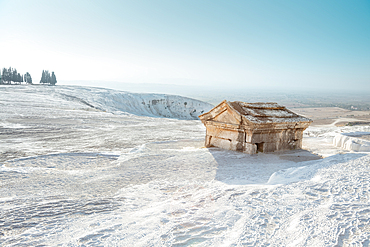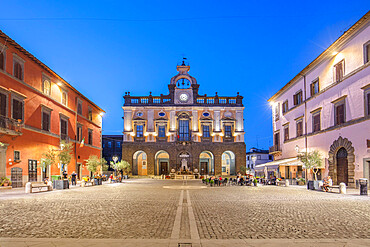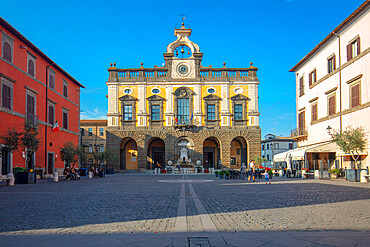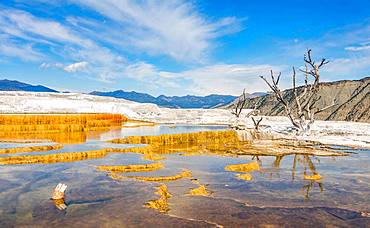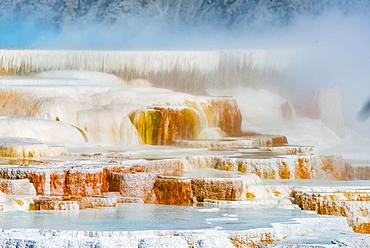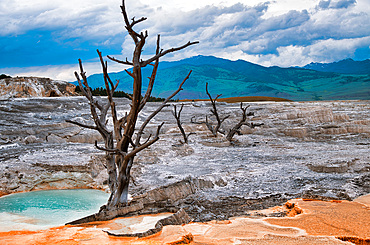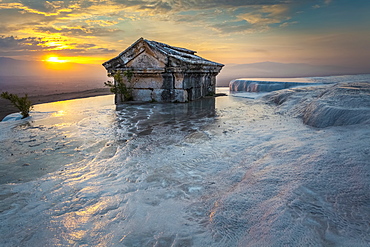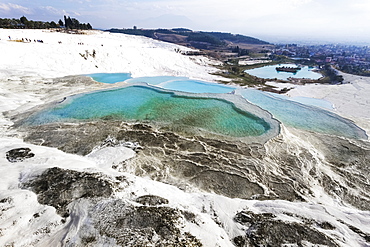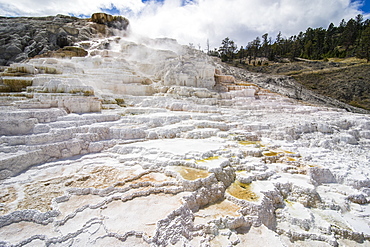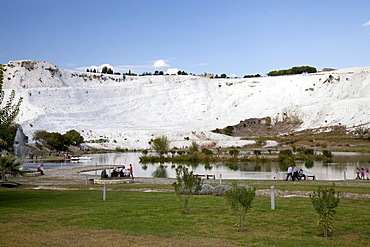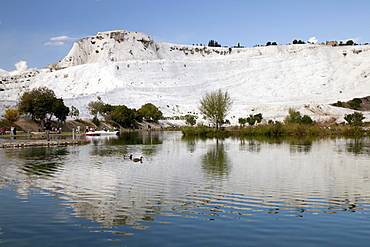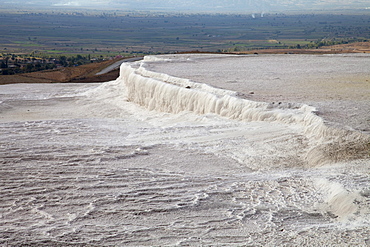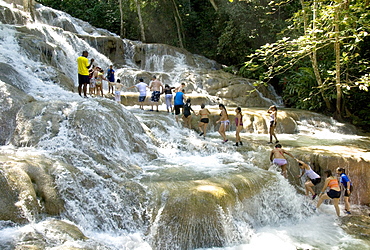Recent searches
Loading...
1378-26 - Necropolis. tomb on a travertine rocks in the ancient Hierapolis. Pamukkale, Turkey
1235-202 - Travertine pools and terraces of The Cotton Castle of Pamukkale, UNESCO World Heritage Site, Anatolia, Turkey, Asia Minor, Asia
1235-201 - Travertine pools and terraces of The Cotton Castle of Pamukkale, UNESCO World Heritage Site, Anatolia, Turkey, Asia Minor, Asia
1235-183 - Travertine pools and terraces of The Cotton Castle of Pamukkale, UNESCO World Heritage Site, Anatolia, Turkey, Asia Minor, Asia
1235-182 - Travertine pools and terraces of The Cotton Castle of Pamukkale, UNESCO World Heritage Site, Anatolia, Turkey, Asia Minor, Asia
1235-181 - Travertine pools and terraces of The Cotton Castle of Pamukkale, UNESCO World Heritage Site, Anatolia, Turkey, Asia Minor, Asia
1235-157 - Travertine pools and terraces of The Cotton Castle of Pamukkale, UNESCO World Heritage Site, Anatolia, Turkey, Asia Minor, Asia
1235-158 - Travertine pools and terraces of The Cotton Castle of Pamukkale, UNESCO World Heritage Site, Anatolia, Turkey, Asia Minor, Asia
1235-155 - Travertine pools and terraces of The Cotton Castle of Pamukkale, UNESCO World Heritage Site, Anatolia, Turkey, Asia Minor, Asia
832-402791 - Aerial view, sinter steps, sinter terraces, lime sinter terraces, Egerszalok, Egerszalok, Eger, Heves, Hungary, Europe
832-402790 - Aerial view, sinter steps, sinter terraces, lime sinter terraces, Egerszalok, Egerszalok, Eger, Heves, Hungary, Europe
1292-2423 - Town Hall and Travertine fountain sculpted by Filippo Brigioni in 1727, Nepi, Viterbo, Lazio, Italy, Europe
1292-2422 - Town Hall and Travertine fountain sculpted by Filippo Brigioni in 1727, Nepi, Viterbo, Lazio, Italy, Europe
1292-2424 - Travertine fountain sculpted by Filippo Brigioni in 1727, Nepi, Viterbo, Lazio, Italy, Europe
1350-2708 - Travertine terrace formations at Pamukkale and tourists
1350-2711 - Travertine terrace formations at Pamukkale, tourists and hot-air balloon
1350-2710 - Travertine terrace formations at Pamukkale, tourists and hot-air balloon
1350-2709 - Travertine terrace formations at Pamukkale and tourists
832-387790 - Erupting Pohutu Geyser with rainbow, sinter terraces, Te Puia, Whakarewarewa, Rotorua, Bay of Plenty, New Zealand, Oceania
832-384333 - Sinter terraces, hot springs, orange mineral deposits, Palette Springs, Upper Terraces, Mammoth Hot Springs, Yellowstone National Park, Wyoming, USA, North America
832-384323 - Detail photo, hot spring with orange mineral deposits and algae, Palette Springs, Upper Terraces, Mammoth Hot Springs, Yellowstone National Park, Wyoming, USA, North America
832-384326 - Sinter terraces with calcareous tuff deposits, hot springs, colorful mineral deposits, Palette Springs, Lower Terraces, Mammoth Hot Springs, Yellowstone National Park, Wyoming, USA, North America
832-384325 - Dead trees on sinter terraces, hot springs, orange mineral deposits, Palette Springs, Upper Terraces, Mammoth Hot Springs, Yellowstone National Park, Wyoming, USA, North America
832-384324 - Sinter terraces with calcareous tuff deposits, hot springs, colorful mineral deposits, Palette Springs, Lower Terraces, Mammoth Hot Springs, Yellowstone National Park, Wyoming, USA, North America
29-5583 - Puente del Inca natural bridge of travertine, near Mendoza, on Argentine side of Libertadores Pass over Andes, Argentina, South America
1318-194 - Hot Springs on a hill of travertine covered in snow, Mammoth Hot Springs, Yellowstone National Park, Wyoming, United States of America, North America
746-89392 - Mammoth Hot Springs with bare tree trunk in Yellowstone National Park, Wyoming.
1116-46034 - Hot Springs And Travertines, Terraces Of Carbonate Minerals Left By The Flowing Water, Pamukkale, Turkey
1116-46033 - Hot Springs And Travertines, Terraces Of Carbonate Minerals Left By The Flowing Water, Pamukkale, Turkey
1116-46030 - Tomb Submerged In A Travertine Pool In Hierapolis, Pamukkale, Turkey
1116-46029 - Tomb Submerged In A Travertine Pool In Hierapolis At Sunset, Pamukkale, Turkey
1116-46035 - Hot Springs And Travertines, Terraces Of Carbonate Minerals Left By The Flowing Water, Pamukkale, Turkey
1116-46031 - Tomb Submerged In A Travertine Pool In Hierapolis, Pamukkale, Turkey
1116-46032 - Hot Springs And Travertines, Terraces Of Carbonate Minerals Left By The Flowing Water, Pamukkale, Turkey
832-383221 - Travertine terrace formations, UNESCO World Heritage Site, Pamukkale, Denizli Province, Aegean Region, Turkey, Asia
832-379948 - People are bathing in the hot springs of Saturnia Therme, Saturnia, Tuscany, Italy, Europe
746-88397 - The Plitvice Lakes in the National Park Plitvicka Jezera in Croatia. Visitors taking a cruise on lake Kozjak. The Plitvice Lakes are a string of lakes connected by waterfalls. They are in a valley, which becomes a canyon in the lower parts of the National Park. The waterfalls are formed mostly by travertine (tufa) barriers between the lakes. The lakes are listed as UNESCO World heritage and are visited by close to one million tourists per year. Europe, South Eastern Europe, Croatia
857-93813 - A travertine waterfall in Plitvice Lakes National Park, Croatia
762-742 - Palette Spring, Travertine Terraces, Mammoth Hot Springs, Yellowstone National Park, UNESCO World Heritage Site, Wyoming, United States of America, North America
762-743 - Canary Spring, Travertine Terraces, Mammoth Hot Springs, Yellowstone National Park, UNESCO World Heritage Site, Wyoming, United States of America, North America
762-744 - Palette Spring, Travertine Terraces, Mammoth Hot Springs, Yellowstone National Park, UNESCO World Heritage Site, Wyoming, United States of America, North America
733-6879 - White travertine basins, Pamukkale, UNESCO World Heritage Site, Western Anatolia, Turkey, Asia Minor, Eurasia
733-6877 - White travertine basins, Pamukkale, UNESCO World Heritage Site, Western Anatolia, Turkey, Asia Minor, Eurasia
733-6878 - White travertine basins at sunset, Pamukkale, UNESCO World Heritage Site, Anatolia, Turkey, Asia Minor, Eurasia
733-6880 - White travertine basins at sunset, Pamukkale, UNESCO World Heritage Site, Western Anatolia, Turkey, Asia Minor, Eurasia
846-2375 - Castel Sant'Angelo and Ponte Vittorio Emanuelle II on the River Tiber at night, Rome, Lazio, Italy, Europe
846-2380 - St. Peter's Basilica, the River Tiber and Ponte Sant'Angelo at dusk, Rome, Lazio, Italy, Europe
846-2390 - S.t Peter's Basilica and the colonnades of St. Peter's Square (Piazza San Pietro), UNESCO World Heritage Site, Vatican City, Rome, Lazio, Italy, Europe
846-2388 - St. Peter's Basilica, UNESCO World Heritage Site, Vatican City, Rome, Lazio, Italy, Europe
846-2373 - Ponte Sant'Angelo on the River Tiber and the Castel Sant'Angelo at night, Rome, Lazio, Italy, Europe
846-2376 - Castel Sant'Angelo and Ponte Sant'Angelo on the River Tiber at night, Rome, Lazio, Italy, Europe
846-2374 - Castel Sant'Angelo and St. Peter's Basilica from the River Tiber at night, Rome, Lazio, Italy, Europe
846-2387 - St. Peter's Basilica, UNESCO World Heritage Site, Vatican City, Rome, Lazio, Italy, Europe
857-88854 - Travertine Hot Springs, Eastern Sierras, California
816-7887 - Travertine terraces in Mammoth hot springs terraces, Yellowstone National Park, UNESCO World Heritage Site, Wyoming, United States of America, North America
816-7886 - Travertine terraces in Mammoth hot springs terraces, Yellowstone National Park, UNESCO World Heritage Site, Wyoming, United States of America, North America
816-7888 - Travertine terraces in Mammoth hot springs terraces, Yellowstone National Park, UNESCO World Heritage Site, Wyoming, United States of America, North America
832-337143 - Terme di Saturnia, a frequented place of healthy, sulphur-rich water.
832-274304 - Travertine terraces of Pamukkale, Turkey
832-264574 - Thermal waterfalls, travertine pools, Cascate del Molino, Saturnia, Province of Grosseto, Tuscany, Italy, Europe
1126-585 - White travertine terraces at Pamukkale, UNESCO World Heritage Site, Anatolia, Turkey, Asia Minor, Eurasia
1126-586 - White travertine terraces at Pamukkale, UNESCO World Heritage Site, Anatolia, Turkey, Asia Minor, Eurasia
832-140964 - Fontana del Tritone, by Gian Lorenzo Bernini, in travertine, 1642 - 1643, Piazza Barberini, Rome, Italy, Europe
832-120480 - Travertine terraces of Pamukkale, UNESCO World Heritage Site, Denizli, Turkey, Asia
832-121513 - Typical ancient building in travertine, Corso Vittorio Emanuele II, Ascoli Piceno, Marches, Italy, Europe
832-120441 - Travertine terraces of Pamukkale, UNESCO World Heritage Site, Denizli, Turkey, Asia
832-120479 - Travertine terraces of Pamukkale, UNESCO World Heritage Site, Denizli, Turkey, Asia
832-123966 - Liberty Cap, extinct travertine cone geyser, Canary Spring Terrace, limestone sinter terraces, geysers, hot springs, Mammoth Hot Springs Terraces in Yellowstone National Park, Wyoming, United States of America, USA
832-120482 - Travertine terraces of Pamukkale, UNESCO World Heritage Site, Denizli, Turkey, Asia
832-120481 - Travertine terraces of Pamukkale, UNESCO World Heritage Site, Denizli, Turkey, Asia
832-120438 - Travertine terraces of Pamukkale, UNESCO World Heritage Site, Denizli, Turkey, Asia
832-120443 - Wooden path, travertine terraces of Pamukkale, UNESCO World Heritage Site, Denizli, Turkey, Asia
832-121528 - A travertine tower in Ascoli Piceno, Marches, Italy, Europe
832-120440 - Travertine terraces of Pamukkale, UNESCO World Heritage Site, Denizli, Turkey, Asia
832-121512 - Typical palace entirely made of travertine, Piazza Arringo, Ascoli Piceno, Marches, Italy, Europe
832-120446 - Travertine terraces of Pamukkale, UNESCO World Heritage Site, Denizli, Turkey, Asia
832-120437 - Travertine terraces of Pamukkale, UNESCO World Heritage Site, Denizli, Turkey, Asia
832-121520 - Chiostro Maggiore di San Francesco, cloister of the church St Francis, built in 1565 - 1623 in travertine, Ascoli Piceno, Marches, Italy, Europe
832-121521 - Chiostro Maggiore di San Francesco, cloister of the church St Francis, built in 1565 - 1623 in travertine, with a well in its center, Ascoli Piceno, Marches, Italy, Europe
832-120442 - Travertine terraces of Pamukkale, UNESCO World Heritage Site, Denizli, Turkey, Asia
832-120447 - Travertine terraces of Pamukkale, UNESCO World Heritage Site, Denizli, Turkey, Asia
832-120445 - Travertine terraces of Pamukkale, UNESCO World Heritage Site, Denizli, Turkey, Asia
832-120439 - Travertine terraces of Pamukkale, UNESCO World Heritage Site, Denizli, Turkey, Asia
832-120448 - Travertine terraces of Pamukkale, UNESCO World Heritage Site, Denizli, Turkey, Asia
832-120444 - Travertine terraces of Pamukkale, UNESCO World Heritage Site, Denizli, Turkey, Asia
1113-23766 - Krka waterfalls in teh sunlight, Krka National Park, Dalmatia, Croatia, Europe
1113-23774 - A woman and a child looking at the Krka waterfalls, Krka National Park, Dalmatia, Croatia, Europe
1113-23770 - The Krka waterfalls under blue sky, Krka National Park, Dalmatia, Croatia, Europe
1113-23773 - The Krka waterfalls in the sunlight, Krka National Park, Dalmatia, Croatia, Europe
1116-10731 - Water cascading down the travertine walls of Band-i-Haibat (Dam of Awe), Band-i-Amir, Bamian Province, Afghanistan
1116-10730 - Water cascading down the travertine walls of Band-i-Haibat (Dam of Awe), Band-i-Amir, Bamian Province, Afghanistan
1116-10726 - Water cascading down the travertine walls of Band-i-Haibat (Dam of Awe), Band-i-Amir, Bamian Province, Afghanistan
1116-10732 - Water cascading down the travertine walls of Band-i-Haibat (Dam of Awe), Band-i-Amir, Bamian Province, Afghanistan
1116-10725 - Water cascading down the travertine walls of Band-i-Haibat (Dam of Awe), Band-i-Amir, Bamian Province, Afghanistan
857-67575 - Orvieto, Umbria, Italy, during a late spring sunset. Orvieto is noted for its Gothic cathedral, or duomo. The church is striped in white travertine and greenish-black basalt in narrow bands; its design has often been attributed to Arnolfo di Cambio, but the prevailing modern opinion is that its master mason was an obscure monk named Fra' Bevignate from Perugia; construction began in 1290.
641-5112 - Travertine terraces, Pamukkale, UNESCO World Heritage Site, Anatolia, Turkey, Asia Minor, Asia
29-5114 - Terraces of calcite travertine forming the Dunn's River Falls, near Ocho Rios, on the north coast of Jamaica, West Indies, Caribbean, Central America
29-5113 - Terraces of calcite travertine forming the Dunn's River Falls, near Ocho Rios, north coast, Jamaica, West Indies, Caribbean, Central America
